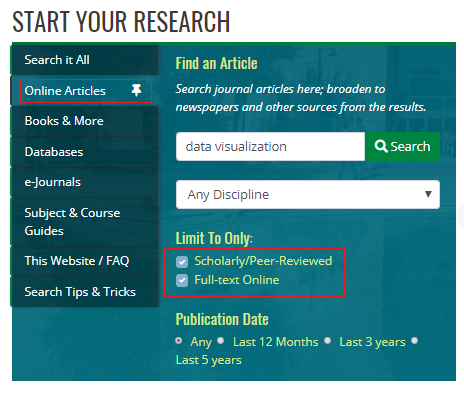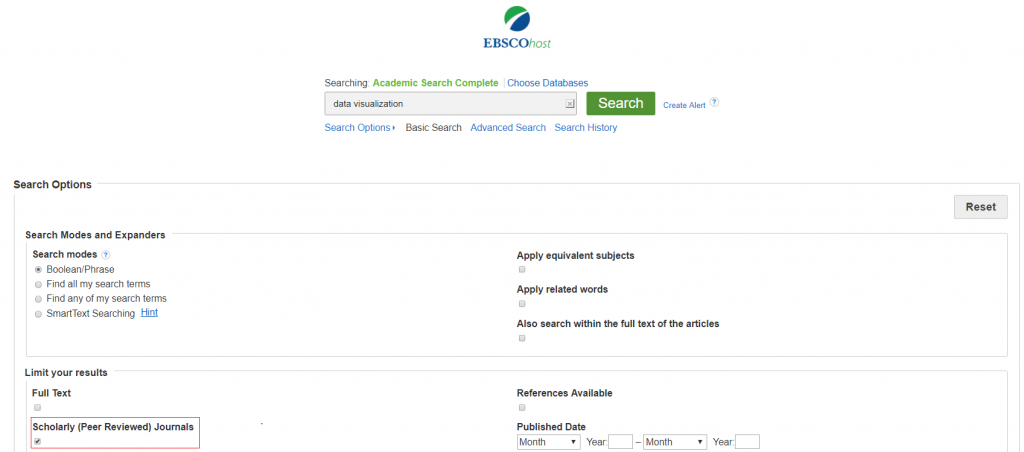For most academic research papers, professors will require you to use scholarly, peer-reviewed articles as resources. What is a scholarly, peer-reviewed article?
A scholarly, peer-reviewed article is a type of article that is published in a scholarly journal. It is written in academic language by scholars or experts in a specific field. Before being approved for publication, the article must go through a rigorous peer review process by the editorial board of the journal and a minimum of two expert readers in the field to ensure accuracy, validity and rigor (DeVries, Marschall & Stein, 2009).Characteristics of a scholarly peer-reviewed article
Different from popular magazine articles, a scholarly, peer-reviewed article has unique characteristics in terms of its purpose, authorship, audience, accountability, content, and citation (Eldredge, 1999). The purpose of a scholarly, peer-reviewed article is to inform and disseminate original research findings to scholars in a specific field for knowledge advancement. The author is usually one or more scholars conducting primary research or experts with subject expertise. The author’s credentials and contact information are also provided. For the audience, a scholarly peer-reviewed article is intended not only for scholars, but also for researchers, professionals and students. Each article in a scholarly journal is anonymously peer evaluated by experts in the given field to ensure it meets a standard of accuracy, originality and scholarly integrity. The content, written in disciplinary-specific language, is in-depth and organized into distinct sections: abstract, introduction, literature review, methodology, results, and conclusion. Generally, it tends to be lengthy, text-heavy and may contain tables, charts and graphs that illustrate key findings of the research. At the end of the scholarly, peer-reviewed article, a complete bibliography is required to list all sources used for citations.
How to find scholarly, peer-reviewed articles
There are several ways to find scholarly, peer-reviewed articles in the UNT Libraries. You may perform a search that specifies only scholarly, peer-reviewed results by using:
1. The “Online Articles” tab (search automatically defaults to scholarly, peer-reviewed)

Screenshot of Online Article search on UNT library website
2. EBSCOhost Databases (select the scholarly, peer-reviewed journals box)

Screenshot of EBSCOhost database
3. ProQuest Research Library (select the peer-reviewed box)

Screenshot of ProQuest Research Library
How to find Ulrich’s Periodicals Directory and search for scholarly, peer-reviewed journals
1. Go to the UNT Libraries homepage: https://library.unt.edu/
2. Select “Databases” tab from the left panel.
3. Enter Ulrich’s Periodical Directory in the search box.
4. From Ulrich’s home page, search for journals by title
5. If the journal has a referee shirt icon
Scholarly, peer-reviewed articles are the most reliable sources for academic research papers. It is important to learn how to recognize and find a scholarly, peer-reviewed article. If you still cannot determine if an article is from a peer-reviewed journal, see the subject guide on scholarly peer reviewed articles, or contact the liaison librarian assigned to your course or department using the Subject Librarians List.
More questions? Feel free to contact Ask Us!
References
DeVries, D. R., Marschall, E. A., & Stein, R. A. (2009). Exploring the peer review process: What is it, does it work, and can it be improved? Fisheries, 34(6), 270–279.
Eldredge, J. (1999). Characteristics of peer reviewed clinical medicine journals. Medical Reference Services Quarterly, 18(2), 13-26. doi:10.1300/J115v18n02_02



Leave a Reply